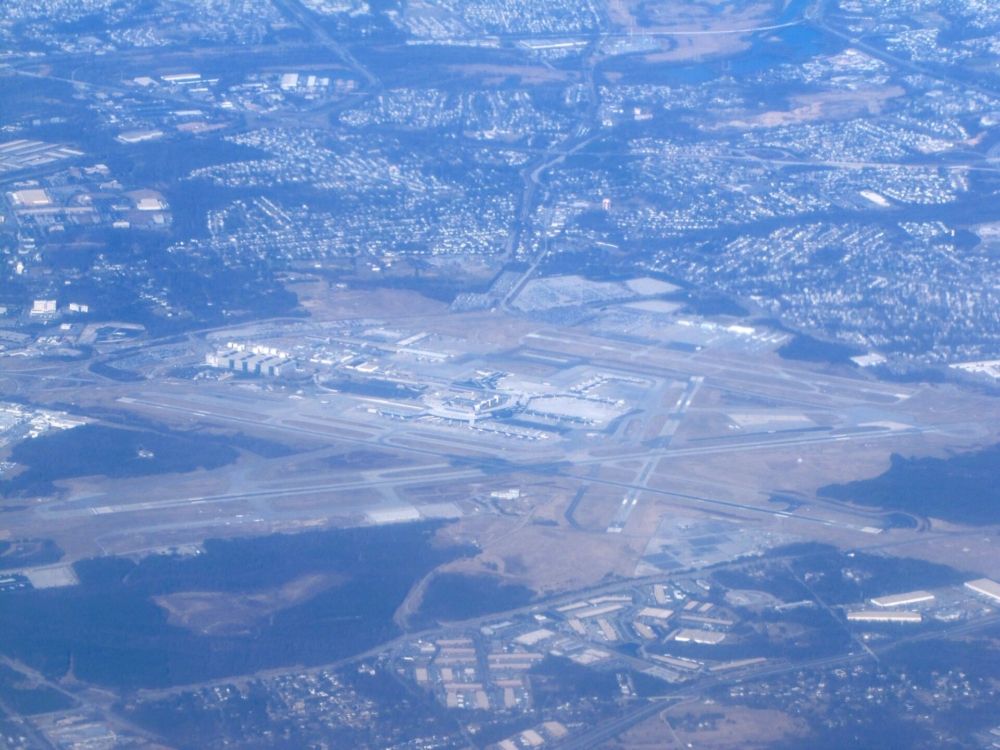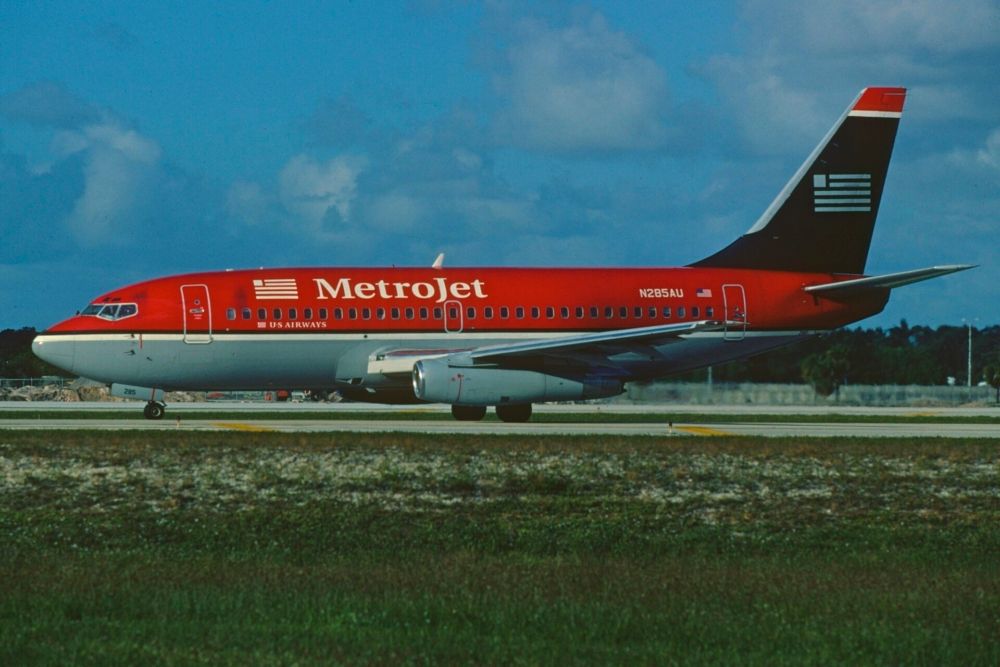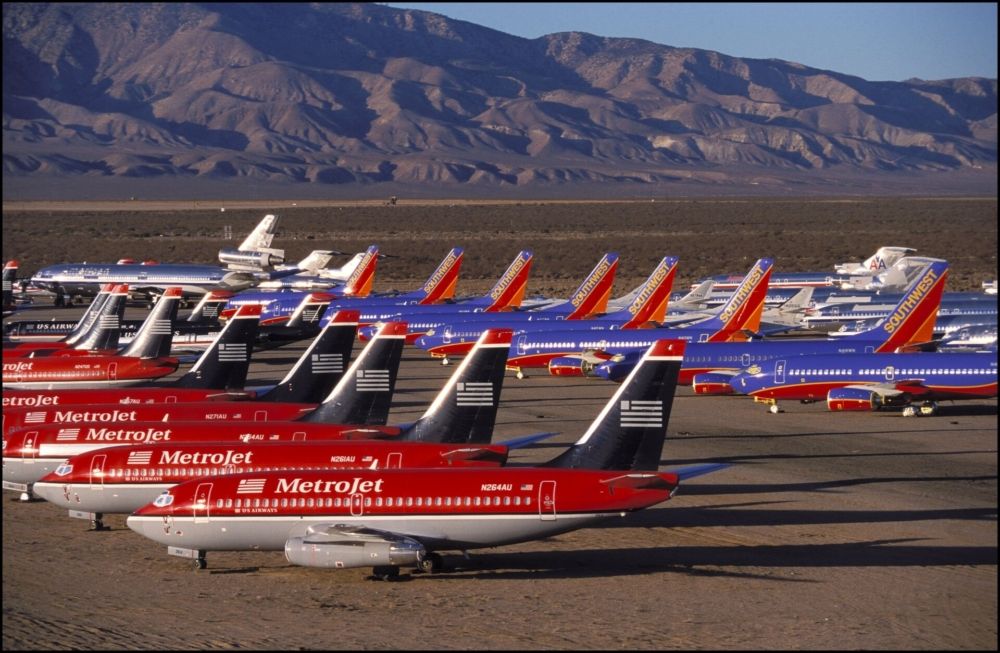Over the years, several major American carriers have dabbled in the world of low-cost subsidiaries. For example, Delta Air Lines did so with Song. Meanwhile, United used to operate budget flights under the Ted brand. US Airways was another airline that tried its hand in the low-cost market, with a carrier known as MetroJet. This brand disappeared almost as soon as it appeared, but why?
Why did US Airways need a budget arm?
US Airways' low-cost subsidiary, known as MetroJet, was founded in 1998. The red-liveried budget carrier commenced operations on June 1st that year. But what exactly prompted a leading American airline like US Airways to go low-cost?
As it happened, the 1990s were a key time for the expansion of the budget market in the US. Towards the middle and end of the decade, US Airways was finding that it was coming up against the increasingly heavy low-cost competition in the northeast of the country. This region had previously been among the airline's strongest.
However, as low-cost airlines from other regions grew, such as AirTran and Southwest Airlines, their networks became increasingly diverse. This allowed them to enter the market in a region that had once been a US Airways stronghold. As such, the airline felt it best to compete directly by launching a budget brand.
Get the latest aviation news straight to your inbox: Sign up for our newsletters today.
Close links to the mainline brand
Like most low-cost operators then and now, US Airways operated its low-cost MetroJet services using a single-class system. However, while this contrasted with its mainline aircraft, it wanted to retain its brand identity in other areas. With this in mind, MetroJet flights had the same 'US' flight number prefixes, and participated in the same frequent flyer scheme, as mainline US Airways services.
As it happens, the 1990s were something of an advent for mainline carriers dipping their toe into the budget market. Indeed, it was a decade that also saw the likes of Continental Lite (1993-1995), Delta Express (1996-2003), and Shuttle by United (1994-2001) take to the skies. However, labor negotiations meant that MetroJet joined the party a little later, eventually doing so in 1998.
Get all the latest aviation news right here on Simple Flying!
MetroJet's network
MetroJet's main hub was Baltimore/Washington International Thurgood Marshall Airport (BWI) in the state of Maryland. This was an intelligent move, as it theoretically gave MetroJet access to the DC market alongside nearby Baltimore. Furthermore, it did so without stepping on the toes of US Airways' mainline services in and out of one of its own hubs at Washington National (DCA).
To begin with, MetroJet served four destinations from BWI, using an initial fleet consisting of five aircraft to do so. These were Cleveland Hopkins International (CLE), Fort Lauderdale–Hollywood International (FLL), Providence/Rhode Island TF Green International (PVD), and Manchester–Boston Regional Airport (MHT). This small selection of airports was the start of something bigger.
MetroJet went on to expand its network, and ended up serving some of the US's most significant air hubs. These included the likes of Miami International (MIA) and Washington Dulles (IAD). But what aircraft did it use to operate such routes?
A uniform fleet
Many low-cost airlines prefer to operate single-type fleets. This allows them greater flexibility and lower maintenance costs. This has led to airlines like easyJet, and Southwest operating some of the world's largest narrowbody-only fleets.
MetroJet was also an example of a budget carrier that adopted this tactic when it came to shaping its fleet. Indeed, every single one of its aircraft was a Boeing 737-200. According to data from ATDB.aero, MetroJet operated 46 of these twinjets over the years. Incredibly, one remains active today: a 40-year-old example registered as PK-JRA that serves Indonesian carrier Jayawijaya Dirgantara.
These planes were leased to MetroJet by US Airways, and dated back to between 1979 and 1984. Many had previously flown for Piedmont Airlines, before joining USAir (which became US Airways in 1997) when Piedmont folded in 1989. While MetroJet was a low-cost operation, the seat pitch on its 737-200s was a generous 33 inches, which would rank among the most spacious in the US today.
Causing trouble for its parent company
Despite the early promise and high onboard comfort and service levels at MetroJet, there was soon trouble in paradise. Even as early as 1999, it had become evident that it would be difficult for the airline to co-exist alongside its parent company US Airways, despite the plans for it to do so so by using different airports.
Indeed, the amount of attention diverted to MetroJet's operations by US Airways caused standards to slip on its mainline services. There were also financial issues, as MetroJet was unable to achieve its goal of improving the economic position of US Airways as a whole. This came about owing to the fact that many of MetroJet's passengers didn't come from competing low-cost carriers.
Instead, its initial success caused customers of US Airways itself to switch to its budget counterpart, which did nothing to alleviate the carrier's existing losses. It also faced higher costs due to using older, less efficient aircraft.
The end of the line
By 2001, this unharmonious co-existence meant that US Airways was struggling to sustain both MetroJet and its own operations. The 9/11 attacks and the downturn in the airline industry prompted the carrier to consider closing down its budget arm. The Baltimore Sun reported on September 21st, 2001, that the rumored closure would see BWI lose 49 of its 75 daily US Airways group departures.
The confirmed decision to shut down MetroJet followed just two days later, on September 23rd. It set December 2001 as the date for MetroJet's shutdown, whereupon it was dissolved back into US Airways. The decision to close MetroJet prompted protests from its pilots' union, but these efforts were ultimately to no avail. According to the Washington Post, MetroJet told employees that:
"As a result of the government's and public's reaction to last week's terrorist attacks, and the closing of Washington's Reagan National Airport, a new security system and a dramatic decrease of airline traffic, we have to reduce our costs dramatically. This is a decision no one wants to make but a decision that has to be made."
With that, US Airways' three-and-a-half-year low-cost foray came to an end.
Did you know about MetroJet? Perhaps you even flew with this low-cost carrier during its three-and-a-half years of operations? Let us know your thoughts and experiences in the comments.
Sources: ATDB.aero, Baltimore Sun, Washington Post

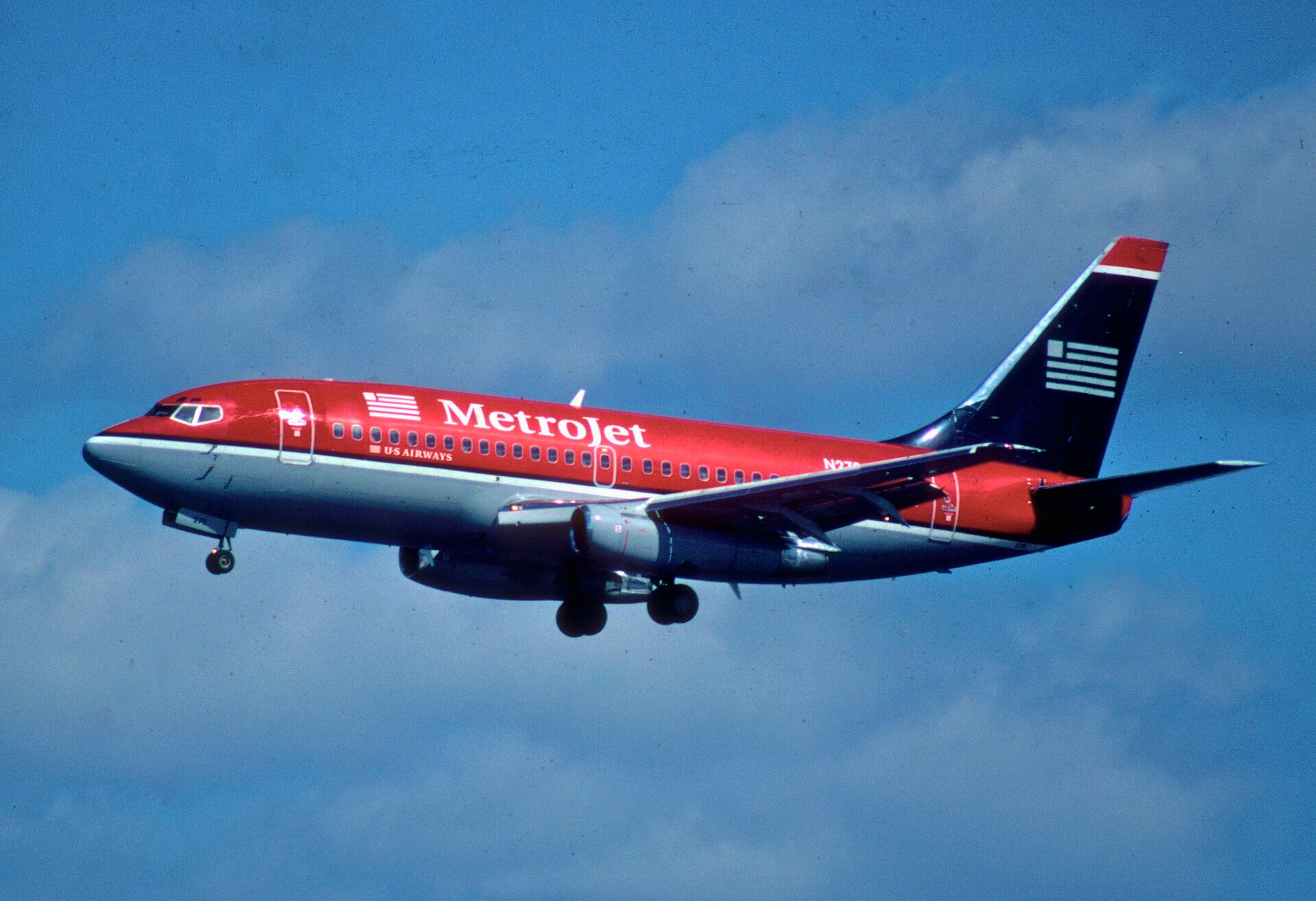
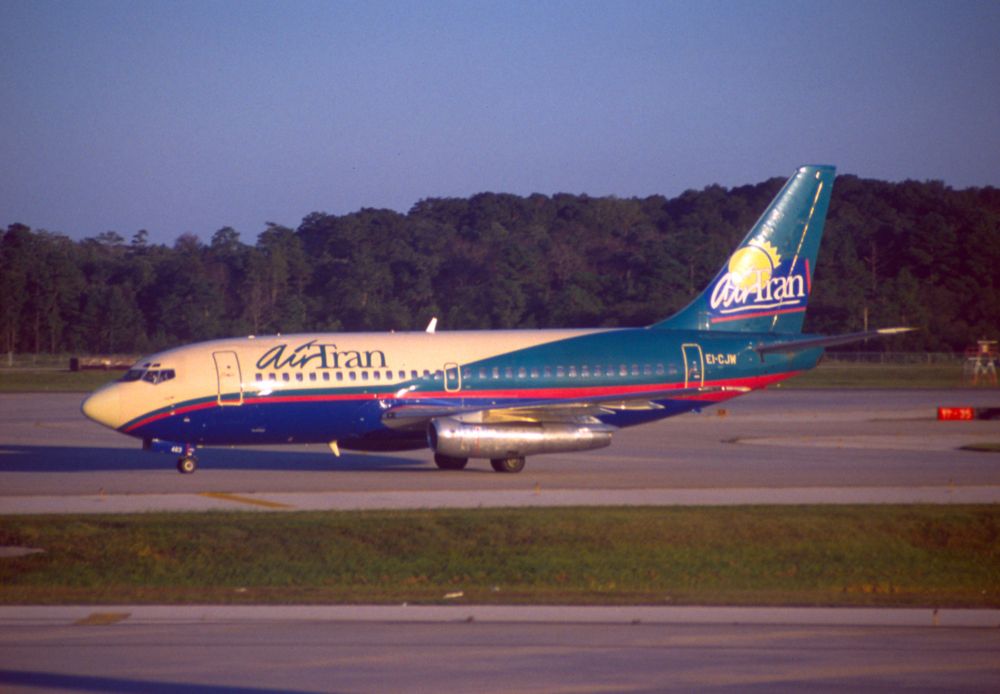
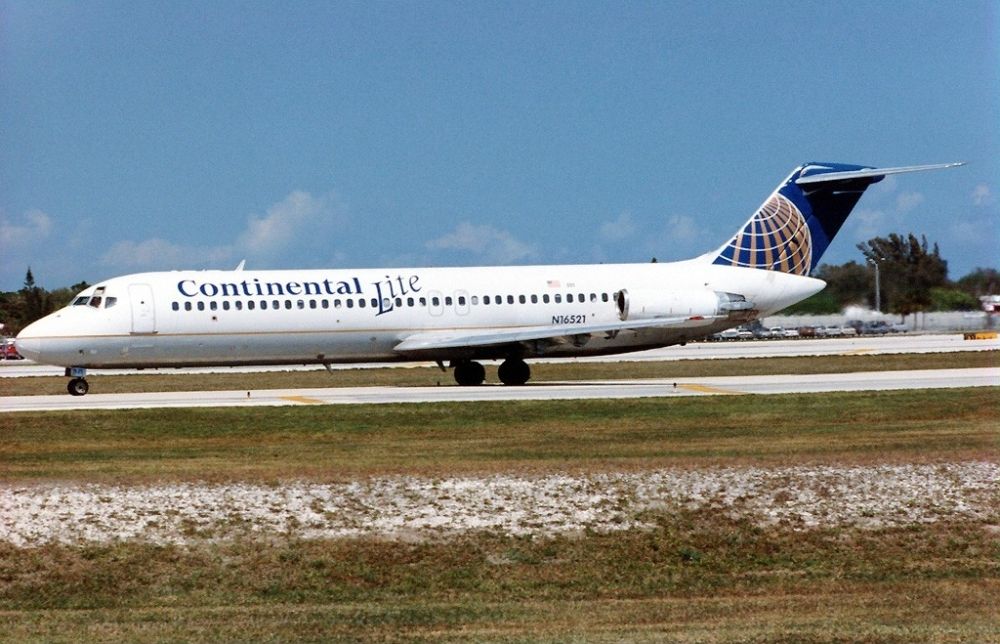
_taxiing_at_Washington_Dulles_International_Airport.jpg)
